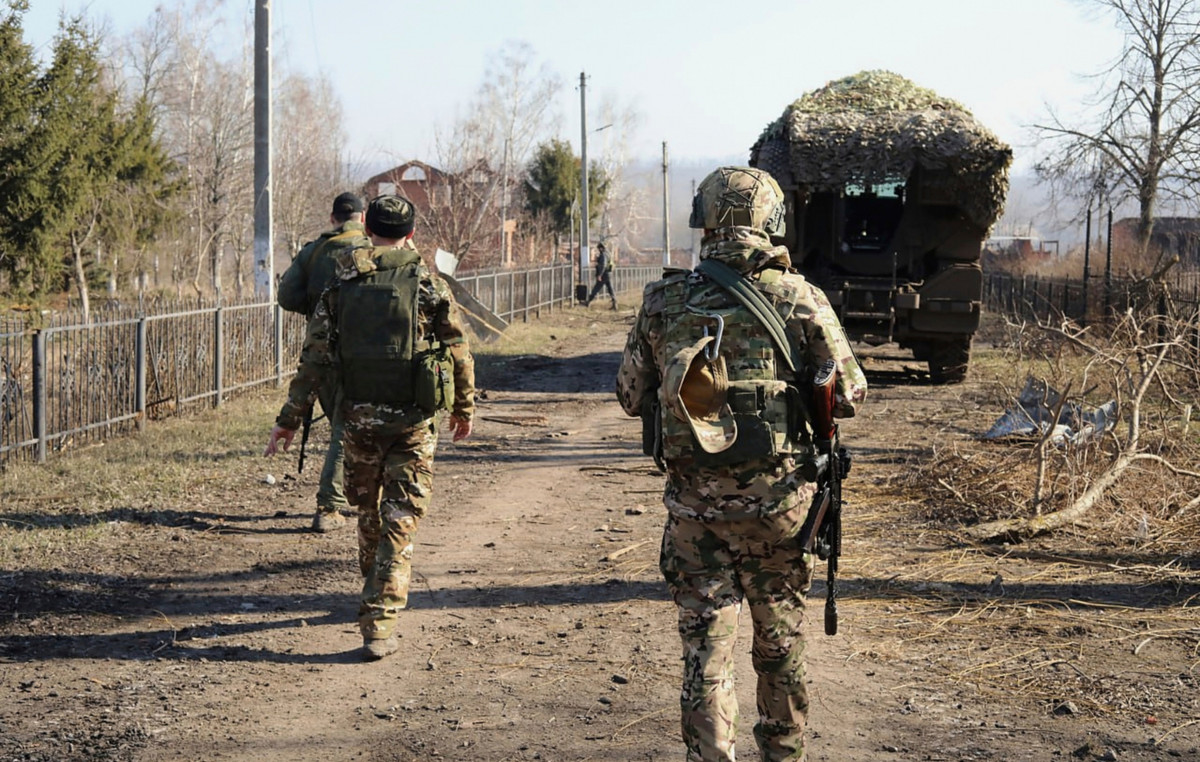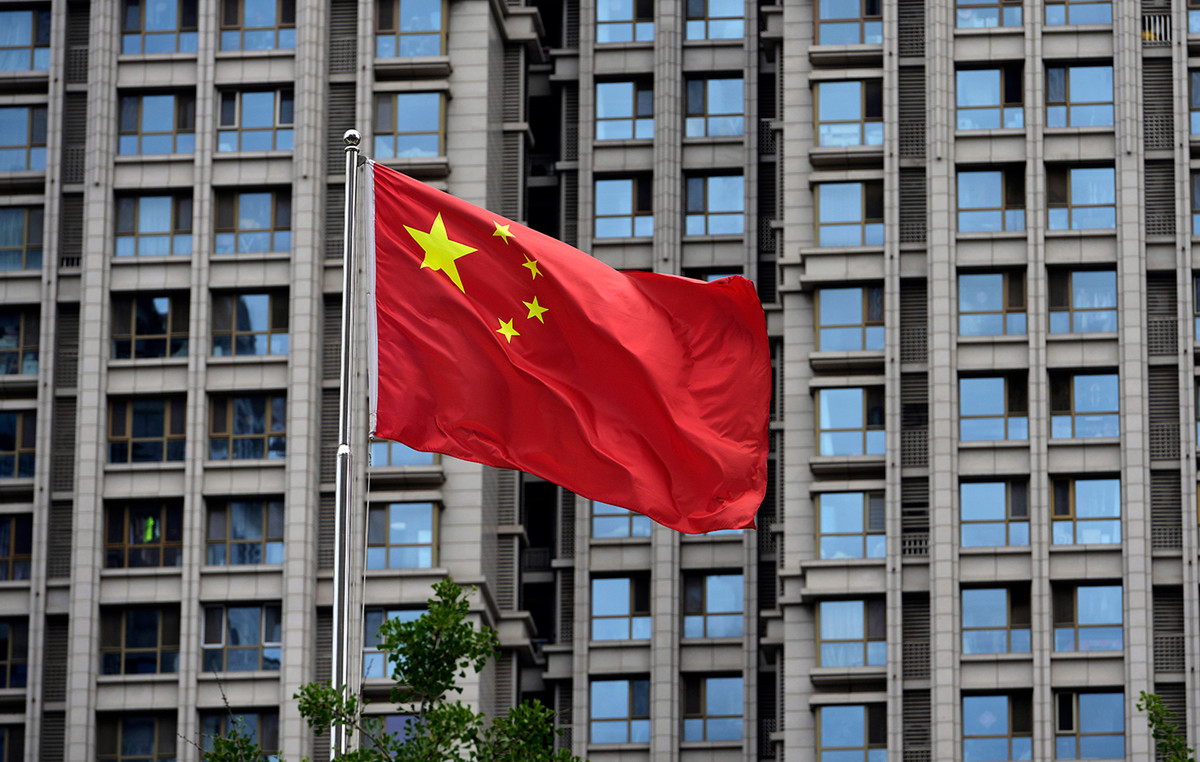Misleading: The removal of farmers from the regions of Raposa Serra do Sol, in Roraima, and Suiá Missú, in Mato Grosso, was not determined by former president Luiz Inácio Lula da Silva (PT), candidate for the presidency, as stated in a misleading video posted on Kwai , but of the Federal Courts, in 2006 and in 2012. The demarcation of lands traditionally occupied by indigenous population is provided for in Article 231 of the 1988 Constitution, which recognizes the right of indigenous people over territories they originally occupy, and it is up to the Union to demarcate them . The process of demarcating the two regions began in 1993, before the Lula government.
Investigated Content: Video in which a man accuses ex-president Lula of having ended agricultural production in the regions of Raposa Serra do Sol, in Roraima, and Suiá Missú, in Mato Grosso, “simply at pleasure to demarcate indigenous lands”.
where it was published: Kwai.
Completion of Proof: The determinations for the removal of rural producers from the regions of Raposa Serra do Sol, in Roraima, and Suiá Missú, in Mato Grosso, in 2006 and 2012, respectively, came from the Federal Court, after the National Indian Foundation (Funai) had recognized the areas as being traditionally occupied by indigenous peoples and the demarcation of the reserves was approved by the federal government. The decisions were the result of a long court fight.
The demarcation of Indigenous Lands (TI) is provided for in the Article 231 of the 1988 Constitution, which states that “the lands traditionally occupied by the Indians are intended for their permanent possession, with the exclusive use of the riches of the soil, rivers and lakes existing in them”. The legal provision recognizes the right of indigenous peoples to the lands they originally occupy, “it is up to the Union to demarcate, protect and ensure respect for all their assets”.
The process of demarcating the regions of Raposa Serra do Sol and Suiá Missú, mentioned in the verified video, began in 1993, before Lula’s administration (2003-2010).
misleading, for Comprova, is content taken from the original context and used in another so that its meaning undergoes changes; that uses inaccurate data or that leads to an interpretation different from the author’s intention; content that confuses, with or without the deliberate intent to cause harm.
Scope of publication: As of September 2, the video on Kwai had 61,700 likes, 8,161 comments and 23,000 shares
What the author of the publication says: Comprova sent a message to the author of the misleading video post on Kwai, but there was no response until the completion of this verification.
How do we check: Comprova conducted research on the internet to clarify the context of the demarcation and approval of indigenous lands in the regions of Raposa Serra do Sol, in Roraima, and Suiá Missú, in Mato Grosso. The 1988 Constitution, the presidential decrees that ratified indigenous lands and the decisions of the Federal Court to guarantee the usufruct of the area by native peoples were also consulted. Comprova also consulted reports in the Digital Newspaper Library from the National Library and interviewed Rafael Modesto, legal adviser to the Indigenous Missionary Council (CIMI).
Raposa Serra do Sol: despite being ratified by Lula, demarcation began in 1993
The determination for rice producers to leave Raposa Serra do Sol Indigenous Landin Roraima, was from Federal Supreme Court (STF)), in 2009, after completing the demarcation process of the reserve (G1, People’s Gazette, Sheet, The time). With this, the National Institute for Colonization and Agrarian Reform (Incra) began the resettlement of non-indigenous people who traditionally lived in the region.
despite being approved During Lula’s government, in 2005, the demarcation of the Raposa Serra do Sol Indigenous Land took place after years of a legal dispute that began in 1998, still during the government of Fernando Henrique Cardoso (PSDB). In addition, since 1993, the site was already recognized as a Indigenous Land by Funai.
Even with the demarcation approved in 2005, the process dragged on until 2009, due to judicial actions by producers who claimed to have land rights.
In 2009, according to an article by the Folha de S.Paulo, Lula’s then Minister of Agriculture, Reinhold Stephanes, came out in defense of rice production in the reserve. “Production is concentrated in the northern region of the state, coinciding with the newly demarcated indigenous area,” he said.
Before the demarcation, Roraima had an area of 22,500 hectares for rice production, according to data from the IBGE. Today, there are 8,628 hectares of planted area. Despite the decrease, data of Companhia Nacional de Abastecimento (Conab) point out that in the last harvest (2021/2022), Roraima was responsible for the production of 88.8 tons of rice, which is equivalent to 9% of the production of the North region. In the national ranking, the state occupies the 11th position.
The Raposa Serra do Sol Indigenous Land is located in the northeast of Roraima, in the municipalities of Normandia, Pacaraima and Uiramutã. The area has 1,747,464 hectares and is occupied by five indigenous peoples: Ingariró, Macuxi, Patamona, Taurepang and Wapichana.
Indigenous land in the region of Suiá Missú was approved by the FHC government
The demarcation of Marãiwatsédé Indigenous Landin the region known as Suiá Missú, was made by Funai in 1993, and approved by decree President Fernando Henrique Cardoso (FHC) on December 11, 1998. It occupies 165,241 hectares in the municipalities of Alto Boa Vista, São Félix do Araguaia and Bom Jesus do Araguaia, in Mato Grosso. Currently, according to data from the website Indigenous Lands of Brazil781 Xavante indigenous people live in the area.
The demarcation and approval process began at the ECO-92 conference, when the Italian state oil company Agip do Brasil, then owner of the land, announced the return of the area to the Xavante ethnic group, which had been expelled in 1966 for the implementation of the Suiá Missú cattle farm. The property came to be considered the largest large estate in Brazil. At the time, a report from Jornal do Brasil echoed the ad (the text can be accessed on the Digital Newspaper Library from the National Library).
However, even after demarcation and ratification, land occupation by non-indigenous people, which became illegal in the territory, persisted, which motivated the beginning of the process of deintrusion in the region in 2012, that is, the removal of the non-indigenous population from the locality. THE determination came from the STFwhich voided, that year, an injunction from the Federal Regional Court of the 1st Region (TRF1) that suspended removal.
In 2014, faced with threats of a new invasion of the Marãiwatsédé Indigenous Land, the Federal Court of Mato Grosso determined a new deintrusion action to prevent the establishment of non-indigenous people in the locality. In both cases, in 2012 and 2014, deintrusion actions were proposed by the Federal Public Ministry (MPF).
Demarcation of indigenous lands is a duty of the Union provided for in the 1988 Constitution
The demarcation of indigenous lands is the responsibility of the federal government, as provided for in the Article 231 of the Constitution. According to Rafael Modesto, legal advisor to the cimiit is a duty of the Union, which does not depend on the will of the President of the Republic.
“It is not a discretionary act of the president who is in office, but it is an obligation established in the Brazilian Constitution. If there is an anthropological, scientific report that proves that a certain region is traditionally occupied by indigenous peoples, the Constitution requires that it be demarcated and homologated, becoming part of the Union, but for the exclusive use of the indigenous population”, says Rafael Modesto.
Second Cimi data, Lula was the third president of the Republic to have the most recognition of indigenous lands, after FHC and Fernando Collor de Mello. Although the demarcation does not depend on the will of the President of the Republic, there are policies that can speed up or delay these demarcations. report from UOL published in 2021 showed that the government of Jair Bolsonaro acted to stop the demarcation of Indigenous Lands. Lula, in turn, has already expressed himself in favor of the demarcations during the pre-campaign. “We have to have the courage to say that we are not only going to demarcate the lands that have to be demarcated, but we are also going to put an end to this history of illegal mining or illegal loggers on indigenous lands,” he said in May. In JuneLula said that he will have “immense pleasure” in “demarcating all the lands that need to be demarcated”.
MST organic rice
In the video, the author of the publication still responds to former President Lula about his statement that the Landless Movement (MST) would be the largest producer of organic rice in Brazil. “This is a lie, it is the Incra settlers who produce it, whether or not they belong to the MST, their problem”, he says in the video. Lula said the statement during a Saturday interview on TV Globo’s Jornal Nacional on August 25.
In fact, organic rice is produced by Incra settlers who are part of the MST. They are responsible for the largest production in Latin America, according to data from the Riograndense do Arroz Institute (go). According to the institution, of the 5,000 hectares of organic rice production planned for the next harvest in Brazil, 4,000 are linked to the MST.
You Incra settlements are a set of agricultural units intended for families of farmers or rural workers who do not have the economic conditions to acquire a rural property. At the MST, there are 450 thousand families who have already conquered land. However, according to the organization, they remain organized because they believe that the “conquest of land is just the first step towards carrying out Agrarian Reform.”
why do we investigate: Comprova investigates viral posts on the internet that involve this year’s presidential elections, the covid-19 pandemic and the realization of public works. The video analyzed in this verification makes misleading statements about the treatment given by Lula to rural producers. Content of this type is harmful to the electoral process, as it can influence the population to vote for a certain candidate based on information that is not correct.
Other checks on the topic:
In 2020, Comprova had already shown that demarcation of indigenous land in Roraima was not related to the rise in rice prices and this year the to the facts pointed out that it is not true that the price of rice has gone up because of the demarcation of indigenous land.
In verifications published this week, Comprova showed that Video deceives by denying secret budget and decontextualizing price hikes in Brazilwhat electoral research company does not work within the Lula Institute is that Simone Tebet did not let a doctor be humiliated at the Covid CPIcontrary to what the post said.
Investigated by: O Dia and Correio Braziliense; Verified by: A Gazeta, Piauí, GaúchaZH, Grupo Sinos, O Popular, Folha de S.Paulo, Metrópoles and Uol
Source: CNN Brasil






